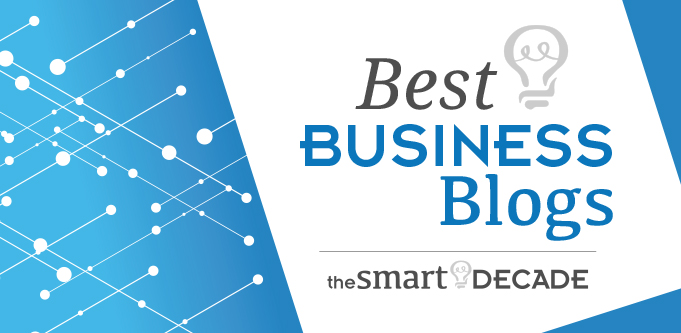SEO Isn’t Dead—It’s Evolving into Shopper Experience Optimisation for the AI First Web
Transcript
“SEO Is Dead” … or Just Different?
Every few years someone declares search‑engine optimisation finished. Today the culprit is AI Overviews—Google’s new answer boxes that summarise the web so well users often skip clicking through. Traffic dips make the headline irresistible: SEO is dead. Yet the reality is simpler: SEO goals have shifted. Rankings alone no longer pay the bills; earning profitable actions once a visitor arrives does. Call it shopper‑experience optimisation (SEO)—the discipline of removing friction between discovery and purchase.
Why Google’s AI Overviews Shrink Clicks (and What to Do About It)
Google replaced familiar featured snippets with AI Overviews in 2024 and began trialling “AI Mode” for long‑form answers in the U.S. Australian roll‑out is coming. Early studies show double‑digit declines in organic clicks for questions now answered natively in the search results. Two hard truths emerge:
- You can’t force the click.
- You can still influence the answer.
Structured data, clean information architecture, concise FAQs and authoritative product copy teach the large language model your facts. When your site becomes the reference, brand trust grows—even if some users never leave Google. Those who do click arrive warmer and closer to purchase.
Old‑School On‑Page Signals Are the New AI Fuel
Remember meta titles, H1s, alt tags and schema markup? Many brands let them slide while chasing backlinks or AI‑generated blog spam. Bad move. LLMS such as Gemini, GPT‑4o, Claude and Grok now crawl and weigh these classic signals to assemble their summaries. Treat every on‑page element as a prompt for machines and a guide for shoppers:
- Page titles clarify intent for AI Max (more on that below).
- Heading hierarchy lowers cognitive load for humans.
- Structured data (Product, FAQ, HowTo, Review) injects machine‑readable facts.
- Lightning‑fast load times keep bounce‑prone mobile visitors engaged.
Together they form the backbone of an AI Readiness Score—our internal benchmark for how likely a page is to surface (and convert) in an AI‑shaped SERP.
Google Ads’ New “AI Match” Will Test Your Content Quality
Organic clicks aren’t the only moving target. In May 2025 Google announced “AI Match,” a replacement for broad match keywords. Instead of simple word‑matching, AI Match analyses full‑sentence intent, then builds ad copy on the fly from your site. Brilliant—if your site is crystal‑clear. Dangerous—if it’s bloated, duplicated or 404‑ridden. Early pilots show campaigns on well‑optimised stores earning three‑figure ROAS uplifts, while messy sites watch CPCs climb.
Action step: Audit technical SEO before shifting budget to AI Match. Clean URL structures and consistent product names let Google’s model draft compelling ads that match stock you carry.
Paid and Organic Are Merging—Plan Budgets Accordingly
As AI snippets satisfy more informational queries, organic traffic skews toward commercial and brand searches. Paid clicks pick up the research stage. Rather than fight the tide, align the two:
|
Funnel Stage |
Likely Channel Winner (2025) |
Optimisation Focus |
|
Discovery / “How do I…?” |
AI Overview & YouTube |
Structured FAQs, video content |
|
Comparison / “Best X for Y” |
AI Match Ads & Performance Max |
Real‑world review snippets, price extensions |
|
Purchase / “Buy X” |
Branded Search & Shopping |
Fast checkout, inventory accuracy |
Treat both channels as interdependent levers of one revenue machine.
Shopper‑Experience Optimisation (SEO) Checklist
- Speed: <2 s Core Web Vitals across mobile 4G.
- Clarity: One primary H1 per page, mirrored in <title>.
- Confidence: Star‑rating schema, unique user reviews.
- Guidance: Internal links that anticipate objections (size charts, shipping FAQs).
- Zero Dead Ends: Redirect or refresh every 404.
- Accessibility: Descriptive alt tags—good for screen readers and AI parsers.
- Measurement: Track both click‑through and post‑click engagement to see the full impact of AI truncating impressions.
The AI Readiness Report—Your Shortcut to Competitive Edge
If your team is juggling marketing, ads and fulfilment, a ground‑up audit can feel daunting. Our AI Readiness Report benchmarks your store against 100+ SEO factors—loading speed, schema coverage, content uniqueness, authority signals—and delivers a plain‑English action plan prioritised by revenue impact. Clients using the program have:
- Lifted Google Ads ROAS by 1,000 %+ after cleaning on‑page clutter.
- Cut bounce rates 30 % by simplifying category navigation.
- Halved time‑to‑purchase for mobile shoppers.
Interested? Message [email protected] or DM on LinkedIn, Facebook, X or YouTube, and we’ll show you where AI sees opportunity in your store before competitors catch up.
Key Takeaways
- SEO isn’t disappearing; it’s morphing into shopper‑experience optimisation.
- AI Overviews steal clicks, but structured content still shapes the answers.
- Google Ads’ AI Match raises the bar for site clarity—tidy up now.
- Paid and organic performance are converging; budget holistically.
- An AI Readiness audit converts chaos into a revenue roadmap.
Ready to turn search disruption into record conversions?
Get your AI Readiness Report today and outrun the next algorithm update—before it lands.

Jim’s been here for a while, you know who he is.


